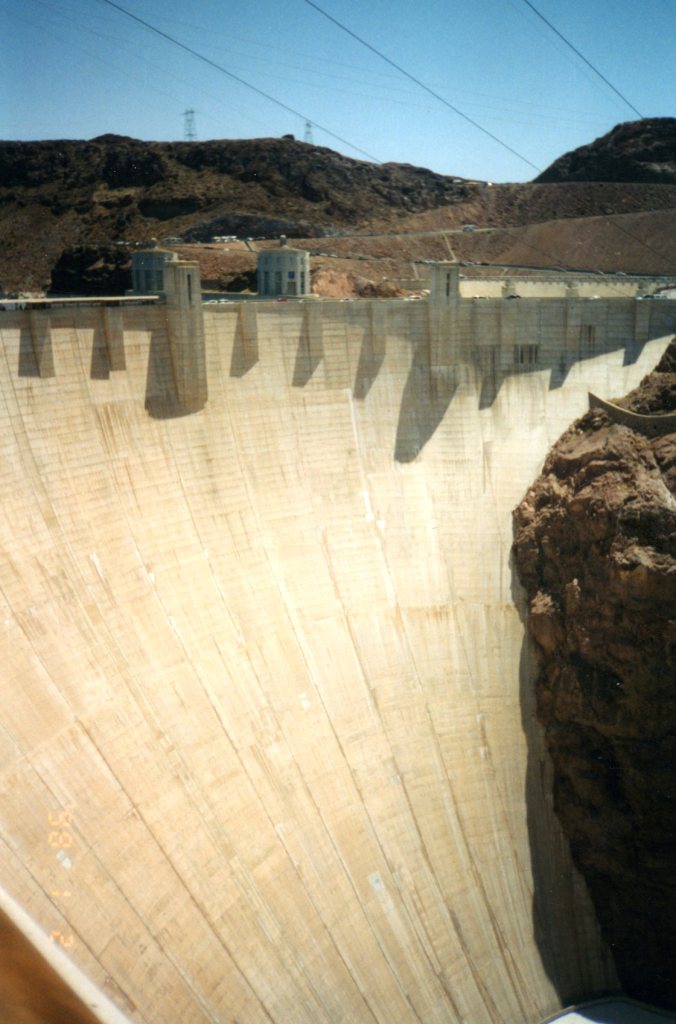Add Dr. Richard Vedder, from the University of Ohio, to the list of people making it harder for the unemployed to find a job, by targeting them for condemnation and categorization.
Dr. Vedder’s op-ed in the January 15th edition of the Wall Street Journal online,
“The Wages of Unemployment,” is the typical
government-assistance-makes-the-unemployed-lazy material coming from the political right.
While paying lip-service to “a number of factors,” Dr. Vedder writes that “the (unemployment) phenomenon is due
mainly to a variety of public policies that have reduced the incentives to be employed” (
emphasis added). Translation: The unemployed are content to be lazy.
We’ve heard this type of thing many times before. For example, political commentator and TV personality Ben Stein wrote: “in general, as I survey the ranks of those who are unemployed, I see people who have overbearing and unpleasant personalities and/or who do not know how to do a day’s work. They are people who create either little utility or negative utility on the job.” (See his full, offensive article
here). Presidential hopeful Herman Cain
said: “Don't blame Wall Street. Don't blame the big banks. If you don't have a job and you're not rich, blame yourself.” In other words, it’s not the exportation of jobs, it’s not the fact that machines have increasingly replaced people, it’s not the increased importation of cheaply-made goods; no, it’s those damn lazy unemployed Americans!
So, Dr. Vedder continues the tradition of blaming the victim (and big bad government), by targeting food stamps, Social Security Disability, Pell Grants, and extended unemployment benefits, and writing: “But if you pay people to stay at home, many will do so rather than seek employment or accept jobs where the pay doesn't meet their expectations.”
Note his clever and deceptive “if you pay people to stay at home.”
Food stamps are not a payment to stay at home. They are financial assistance to people who, for different reasons, cannot afford an adequate amount of food. I used to work at a food pantry, as an Americorps member, and almost all of our clients were the working poor (they would come in once a month for a box of various foods). They were not lazy, they were poor. The free box of food did not make them leave their jobs.
Social Security Disability is not a payment to stay at home. It’s a payment to those whose medical issues have prevented (or stopped) them from working. Dr. Vetter implies that people are milking the system, but if one looks closely at the issue, one will see that the rise of benefit claims is much more complicated than the "lazy people" explanation (e.g., an aging population, job outsourcing, slack job creation).
Pell grants are not payments to stay at home. They are payments to help people (who do not come from wealth) to attend college.
Unemployment insurance is not a payment to stay at home. It is a payment to help ease the burden of a loss of income while you search for work (a search that is required by law).
So, why does it matter that people like Dr. Vedder, Ben Stein, and Herman Cain target, stereotype, and scapegoat the unemployed?
Because it makes it much harder for the unemployed to find work.
Many employers and business owners will no doubt internalize what Vedder, Stein, and Cain write & say (or have their current prejudices reinforced), and then come to the determination that the unemployed are indeed lazy, and not worth hiring. And, in fact, there is anecdotal and empirical evidence that employers do actively discriminate against the unemployed (see, e.g., the academic studies reported
here,
here, and
here). One researcher said: "It's not that they don't have the skills--it's just that employers don't hire them because they think badly of them." Well gee, I wonder why, when you have a chorus from the political right chanting how lazy the unemployed must be.
It’s a shame that Dr. Vedder has joined the “unemployed-are-lazy” sing-along, and thus exacerbated the hopelessness that the jobless live in, because he has actually done interesting and worthwhile research about college enrollment vs. labor market demand. I guess it was just too tempting to join in on the feeding frenzy.
However, as I’ve written before, why don’t we put the “unemployed-are-lazy” theory to the test. Let’s create a new WPA and CCC, and see how many enroll? My impression is that many from the political right would violently oppose this. Partially, because they believe that everything the government does is “godless communism,” and partly because they would lose the political utility of the “slacker” and “loser” stereotype that they place on the jobless. How useful it must be for them, on the one hand, to label the unemployed as “good-for-nothings” who don’t want to work, and, on the other hand, create no large-scale public works program for the jobless to prove otherwise.
And, indeed, Senate Republicans blocked the creation of a new CCC-type program for unemployed veterans in 2012 (see
here).
(
Image above courtesy of Christian Gidlöf and Wikipedia)





































